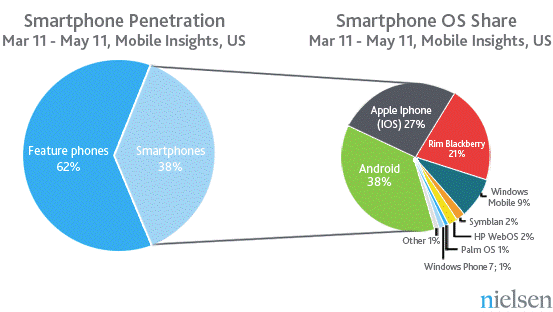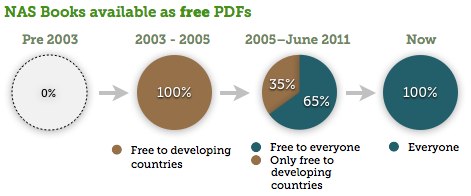There are gender wars, and then there are casualties. It wasn’t until 2011 that the behemoth toymaker LEGO acknowledged girls’ desire to build with bricks, even though the company had long before made a seemingly effortless pivot to co-branding, video games, and major motion pictures. So it’s little wonder that girls face all-too-real obstacles when […]
Read moreAuthor: IDEA
 When deciding what software to use for a project, how do you decide on open source vs. proprietary software? For example, in prior post on social networking software, there are some free options (assuming you have a developers on hand), and some expensive options. Here’s a summary of the typical pros and cons for Open Source. (more…)
When deciding what software to use for a project, how do you decide on open source vs. proprietary software? For example, in prior post on social networking software, there are some free options (assuming you have a developers on hand), and some expensive options. Here’s a summary of the typical pros and cons for Open Source. (more…)
Summer mobile trends
June 30th, 2011 by IDEA
Mobile is exploding, and this has vast implications for education. Here’s a summary of top news and trends for mobile this summer…
Smartphones are popular phones. According to Nielsen, 38% of Americans now own smartphones, and 55% of those who purchased a new handset in the past three months bought a smartphone (rather than a dumb one), up from 34% a year ago. Android’s growth curve flattened in 2011 while the iPhone’s got a boost. Collectively, Android and iOS are activating over 800k devices per day.
Last weekend, IDEA’s SpicyNodes project received a “Best Websites for Teaching and Learning” from American Association of School Librarians (AASL), a division of the American Library Association (ALA). Here’s a three minute video of our acceptance speech from the conference… (more…)
There’s a great new video on YouTube, “I’m a climate scientist.” It uses gangsta-rap flavor to bring home the point that a lot of people talking about climate change are not actual climate scientists. Here’s the video, which contains some expletives:
If you are at work, or don’t like the word “F##k,” try out this clean version. Here’s the story… (more…)
![]() All publications from the National Academies Press (NAP) are now available for free as PDFs. NAP is the publishing arm of the National Academies, and publishes 200+ books a year on topics in science, engineering, and health.
All publications from the National Academies Press (NAP) are now available for free as PDFs. NAP is the publishing arm of the National Academies, and publishes 200+ books a year on topics in science, engineering, and health.
Making the PDFs free is the culmination of a decade of research and sales modeling on how to finance a nimble publishing house with paid print books, with enough spare revenue to allow free release of electronic books. Here’s the evolution:
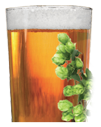 Swirling a tasting of beer in my plastic glass, I was curiously intrigued by the presenter’s explanations about Trappist monks breaking off from the Cistercian order, the impacts of iso-amyl acetate (banana) and ethyl hexanoate (green apple) on flavor, and how dealing with soft water led to curious additions to beer, like oysters and seawater. (more…)
Swirling a tasting of beer in my plastic glass, I was curiously intrigued by the presenter’s explanations about Trappist monks breaking off from the Cistercian order, the impacts of iso-amyl acetate (banana) and ethyl hexanoate (green apple) on flavor, and how dealing with soft water led to curious additions to beer, like oysters and seawater. (more…)
Smartphones (e.g., the iPhone or Android) are commonplace, and education outreach projects need make use of this reality. People use their smartphones while doing all kinds of things. For example:
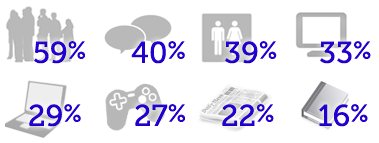
(Left to right, top: while waiting in line, socializing, in the bathroom, while watching TV; bottom: while using a computer, playing video games, reading a paper, or a book.)
The most common place to use a smartphones is at home (93% of smartphone owners), but people use their smartphones all kinds of places: (more…)


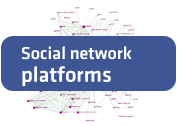 So you want to create a niche social network? And you’ve read the
So you want to create a niche social network? And you’ve read the  Social networking gives professionals and enthusiastic members of the public a great way to connect and share information about scientific or cultural topics.
Social networking gives professionals and enthusiastic members of the public a great way to connect and share information about scientific or cultural topics.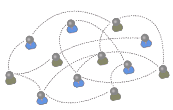 Thinking about launching a new niche social network for a science or cultural community of professionals? Think again. It costs a lot to do well, and there’s a major risk of failure. People don’t have much time to spend logging into yet another social network, and it’s hard to reach a critical mass so that the site is interesting for people to use.
Thinking about launching a new niche social network for a science or cultural community of professionals? Think again. It costs a lot to do well, and there’s a major risk of failure. People don’t have much time to spend logging into yet another social network, and it’s hard to reach a critical mass so that the site is interesting for people to use. Ravelry
Ravelry